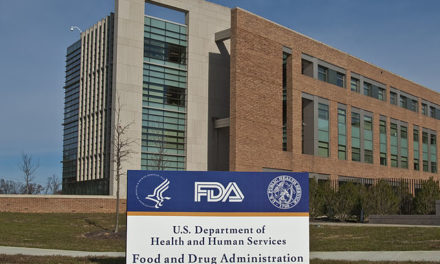Shortages and the supply chain
In October 2021, John Klein, executive vice president for the Pacific Northwest for Southern Glazer’s Wine & Spirits, told us that the supply chain is “going to get worse it’s not going to get better.” Now, 40 days into 2022, the major issues the supply chain faces don’t look much different. Phil Levy is chief economist at Flexport, a freight forwarding company with troves of data on shipping logistics. As the omicron variant was heating up in mid-January, he told the Washington Post the same problems persisted. “If anything, it’s getting worse,” he said. Sound familiar?
What can I do?
The advice for local businesses is mostly the same despite a new year and new variants:
- Buy local when you can
- Buy as much as you can
- Stay in regular communication with your distributor
Having a trusted distributor or supplier that you can contact regularly can be a huge advantage. The next shortage can be impossible to guess unless you’re in the know. While shortages of imported goods like champagne and tequila may seem predictable, the smallest hiccup can lead to the next big problem. For instance, a chocolate milk shortage in New Hampshire came unexpectedly and has lasted for months in a town surrounded by dairy farms after issues with a supplier in Brazil resulted in a missed shipment.
What’s next?
Prepare for these possible shortages in the coming months:
- Canned goods. The aluminum shortage is impacting a huge range of products after Americans isolating at home started drinking beverages from cans and bottles instead of taps and soda fountains. Fortunately, we were warned about this and canned goods are, by nature, easier to stockpile. Unfortunately, the issue doesn’t seem to be getting better as companies still reeling from the glass shortage switch over to cans. Transport makes up 20% of the cost of aluminum and so much of that issue is tied to freight as well. Don’t expect the liquor shortage to improve much either – even the producers that switched from glass to plastic are dealing with shortages of their own.
- Meat, soybeans, wheat, corn. Meat is a supply chain issue that continued shortages in feed, antibiotics and labor make it one of the largest contributors of inflation. Agricultural products are mostly the result of conflicts abroad. China’s new energy policy has resulted in a shortage of soybeans, and they are expected to buy more from the U.S. Russia is the largest exporter of wheat in the world and we saw a 40% increase in wheat prices after a 2021 drought in the Midwest. Corn, while not as problematic, has also seen sharp increases due to weather and regional supply chain struggles. Price increases on all these staples are likely to have a range of effects downstream.
- Lumber. If you were planning a build or renovation, you probably don’t need to hear from us that lumber prices are historically high. Lumber prices are on the rise once again after a brief dip. Maybe innovations like bamboo toilet paper from this Seattle startup will ease some of that pressure. Economists aren’t counting on it.
People get it
There is a three-month delay to the supply chain so impacts from omicron and shutdowns in China will contribute to the chaos for some time. But people understand (and expect) price increases and are wary of their favorite establishments closing for good. Spokane residents witnessed that when chef Chad White had to close his two High Tide Lobster Bars after the price of a lobster roll rose from $16 in 2019 to $38 this year. If you can cover costs with a smaller increase, consider yourself lucky and do it while you still can. While the supply chain is a complex issue, inflation isn’t as divisive or unprecedented as a pandemic. After all, it’s as simple as this:
Note: For more on Lobster and other local shortages, keep an eye out for our upcoming supply chain article on Washington state’s unique vulnerabilities and advantages over other areas dealing with fallout from a broken supply chain.

















![[Class, May 20] ServSafe Manager, Kent](https://wahospitality.org/wp-content/uploads/2018/07/CALEND1-150x150.png)








